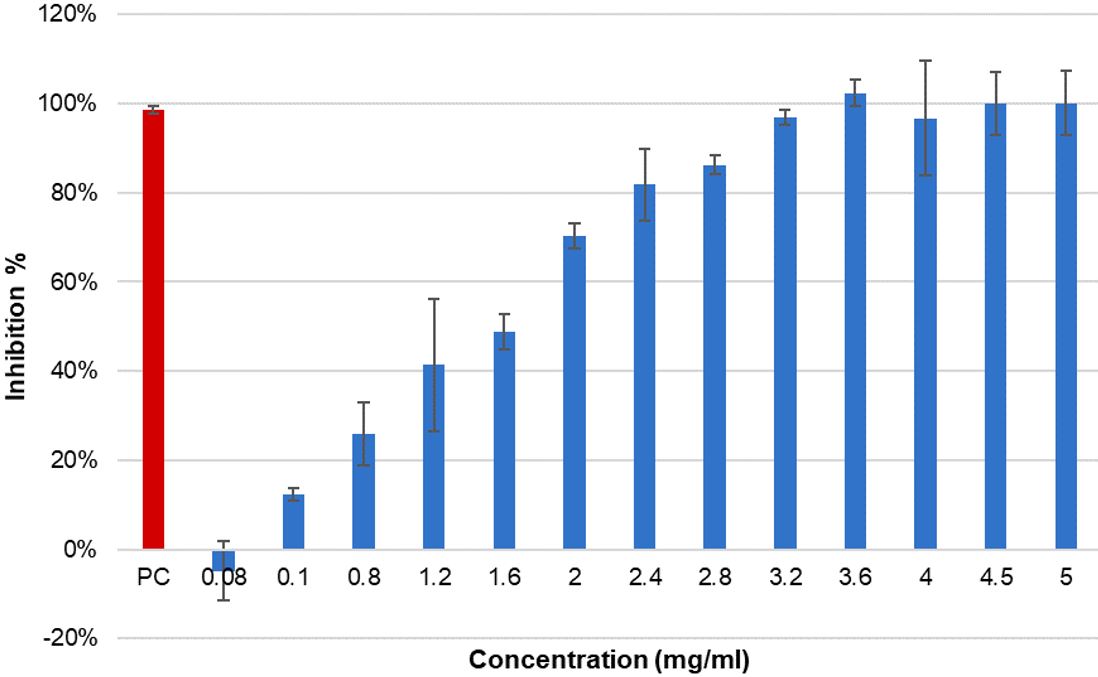Evaluation of the Anti-carcinogenic and Anti-inflammatory Effects of Lokanatha rasa: A mercurial preparation
DOI:
https://doi.org/10.21760/jaims.10.9.7Keywords:
Lokanatha Rasa, HepG2 cell line, HRBC membrane stabilizing, MTT assayAbstract
Rasa Shastra is a branch of Ayurveda pharmaceutics that focusses on mercury-based preparations known as Rasaushadies. Lokanatha Rasa (LKN) is a Rasaushadie mentioned Rasasendra Sara Sangrahya, and is especially indicated for Liver and spleen disorders. It contains Kajjali (Parada and Gandhaka), and incinerated forms (Bhasma) of Abhra, Lauha, Thamra and Varatika. No scientific research has been conducted regarding LKN. This study aims on the evaluation of the invitro anticarcinogenic activity of LKN using HepG2 cancer cell line and to evaluate the anti-inflammatory activity of it using the HRBC (Human Red Blood CELL) membrane stabilizing method. Cell viability of different concentrations of LKN on Hep G2 cell line was studied using MTT assay. Therefore, prevention of hypotonicity induced HRBC membrane lysis was taken as an invitro measure of anti-inflammatory activity of the drug. The inhibition percentage followed an exponential increase beyond 2 mg/mL, suggesting a threshold concentration at which LKN exerts significant cytotoxic effects. The MTT assay was directly proportional to its concentration. At the lowest tested concentration (0.0625 mg/mL) the % of inhibition was 27.73% and the highest concentration of LKN i.e. 1000mg/mL% of inhibition was 67.01. Results reveal that LKN possesses anti-inflammatory activity, though less than Diclofenac sodium.
Downloads
References
Mishra S. A Textbook of Ayurveda Rasa Shastra. Varanasi: Chaukhambha Orientalia; 2007. p. 12.
Ashok DS. Rasendra Sara Sangraha of Sri Gopal Krishna. Varanasi: Chowkhamba Krishnadas Academy; 2003.
Oh JH, Jun DW. The latest global burden of liver cancer: a past and present threat. Clin Mol Hepatol. 2023;29(2):355–7. doi:10.3350/cmh.2023.0070
Vakhariya R, Talokar SS, Dhole AR, Magdum CS. Herbo mineral formulations – a review. Int J Sci Sci Res Technol. 2015;1(3). Print ISSN: 2395-6011.
Sassa S, Sugita O, Goldbarth RA, Kappas A. Drug metabolism by the human hepatoma cell, Hep G2. Biochem Biophys Res Commun. 1987;143:52–7. doi:10.1016/0006-291X(87)90628-0
Stone WL, Basit H, Zubair M. Pathology: Inflammation. In: StatPearls [Internet]. Treasure Island (FL): StatPearls Publishing; 2025 Jan.
Fierrali M, Cicolili L, Comport M. Iron release and membrane damage in erythrocytes exposed to oxidising agents phenylhydrazine, devicene, and isouranil. Biochem J. 1992;285:295–301. doi:10.1042/bj2850295
Mounnissamy VM, Kavimani S, Balu V, Drlin QS. Evaluation of anti-inflammatory and membrane stabilizing properties of ethanol extract of Canjera rehedi. Iran J Pharmacol Ther. 2008;6:235–7.
Cardile V, Renis M, Scifo C, Lombrado L, Gulino K, Mancari B, Panico A. Behavior of the new asbestos amphibole fluoredenite in different lung cell systems. Int J Biochem Cell Biol. 2004;36:849–60.
Ferrero-Miliani L, Nielsen OH, Andersen PS, Girardin SE. Chronic inflammation: importance of NOD2 and NALP3 in interleukin-1β generation. Clin Immunol. 2007;147(2).
Abbas AK, Lichtman AH. Basic Immunology: Functions and Disorders of the Immune System. 3rd ed. Philadelphia: Saunders Elsevier; 2009.
Gandhisan R, Thamaraichelvan A, Babhuraj S. Anti-inflammatory action of Lannea coromandelica by HRBC membrane stabilization. Fitoterapia. 1991;62:81–3.
Brandy F, Moller B. Predicting the future burden of cancer. Nat Rev Cancer. 2006;6(1):63–74.

Published
How to Cite
Issue
Section
License
Copyright (c) 2025 S.K.M.K. Herapathdeniya, P.A. Paranagama, J.G.S. Ranasinghe

This work is licensed under a Creative Commons Attribution 4.0 International License.














